Designing a Contemporary Extension – An Architect Looks at How to Get it Right
The safest way to gain planning permission for an extension is usually to design it so that it is in keeping with the existing property. But on the other hand, you may want to be more adventurous and wish to transform a relatively uninteresting building into something more unexpected and striking. This needs a certain amount of courage because there is always a risk that a contemporary scheme will not look as good in real life as it does in your imagination.
Therefore a highly skilled designer is needed to ensure a pleasing end result. You will have to break away from the comfortable familiarity of traditional design and investigate the wide range of alternative extension styles available. But it’s worth the extra time and trouble, because your house will be transformed into the distinctive 21st-century home you’re seeking.
Jump to contemporary extension design FAQs
Where should I start when planning a contemporary extension project?
Take an early decision on whether you want to give the whole house a makeover, so that the end result is a complete modern design. The alternative is to build a strikingly different extension and exploit the contrast between old and new to dramatic effect.
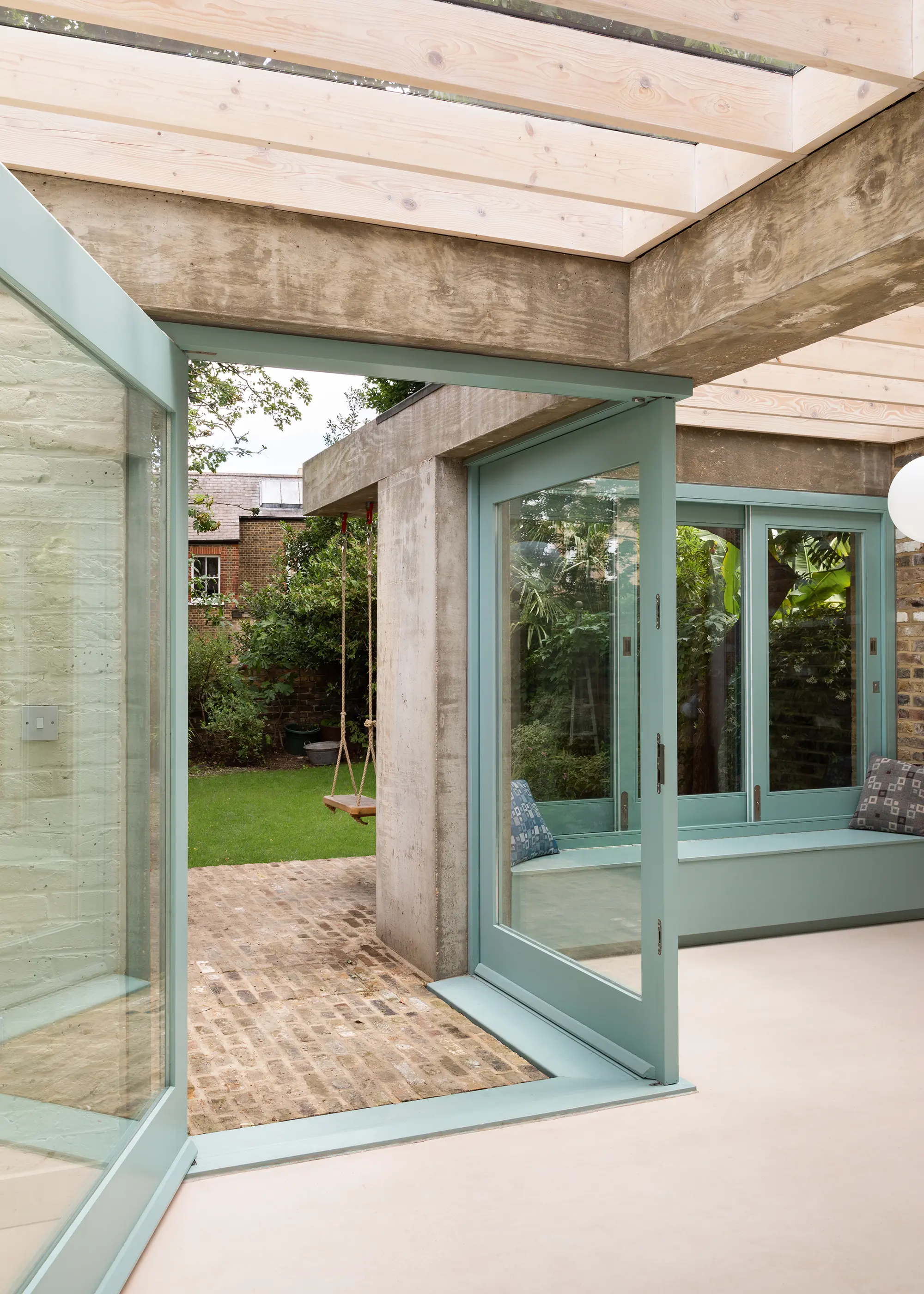
Colour doesn’t have to be limited to the furniture you decorate with or how you paint your walls. This house extension, designed by Turner Architects, features turquoise patio door frames and a bay window seat. The rest of the architecture remains fairly neutral, with timber beams, a pale concrete kitchen floor and brick walls left exposed inside. Photo: Adam Scott
For instance, if the existing building is a period property that already has an intrinsic charm, there is a danger that a new addition trying to match it will spoil its appeal. This problem can be solved by ensuring that the extension is a complete contrast in style and materials, to the extent that when seen together, the original looks like a separate building.
This idea can be taken further by using a glass link to join the two, which visually separates them, leaving the original part of the house uncorrupted by the extension.
Should I create an open-plan zone as part of my modern house extension?
Large open-plan spaces will give a contemporary feel to the interior of a home and are also more suited to the way that many families – who prefer to relax, eat and entertain friends in the same large room – want to live now. By incorporating steel beams, you can remove existing walls and create open plan areas that break away from the limitations of separate rooms that are shut off from one another.

Emil Eve Architects upgraded this five-storey Edwardian terraced house with a breathtaking, double-height kitchen-diner extension. The fixed glazing and sliding doors were supplied by IDSystems. Photo: Taran Wilkhu
The new space created can be subdivided by changing the type of flooring, or the wall and ceiling materials, to define the different uses within it. Another way of defining the zones is to change the levels of the floors and ceilings, or even remove sections of the ceiling to create double-height spaces, perhaps with a gallery to link to the first floor.
How can I bring natural light into a modern extension?
A refreshing alternative to the traditional row of standard windows lined up together on an elevation is to use large expanses of glass to break up the massing of the extension, as well as flood the interior with natural light. Just as effective is the incorporation of glass ceilings, rooflights or lanterns that maximise brightness and offer views up to the sky.
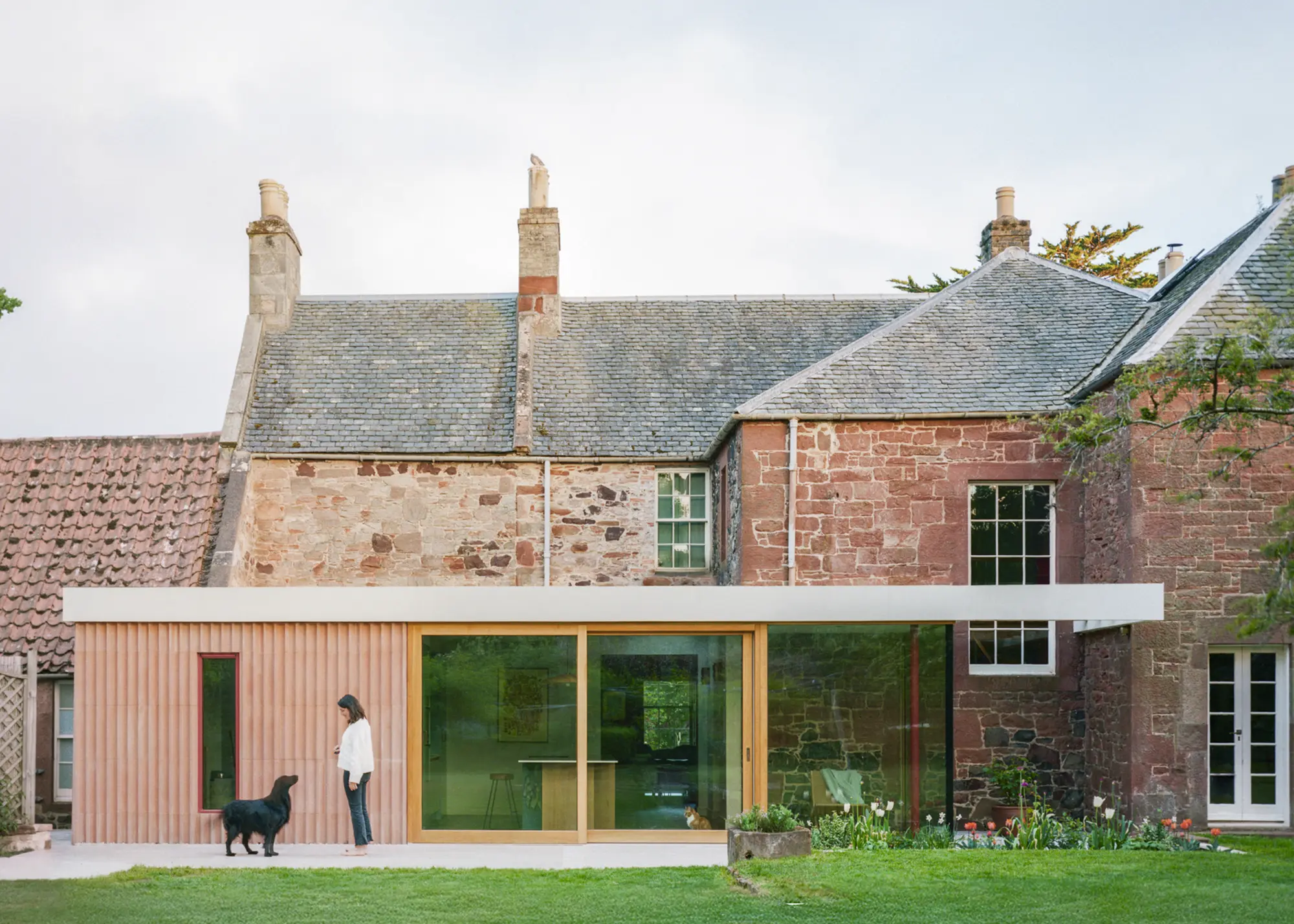
Designed by Edinburgh-based Pend, this sensitive renovation and modern extension has completely transformed a grade b listed Georgian farmhouse in East Lothian, Scotland. The scheme features a blush-toned precast stone wall, with large glazed sliding doors leading from the kitchen to the patio. Photo: Lorenzo Zandri
You can also control how natural illumination seeps into your interiors by using glass partitions or internal walls. Glass blocks, slatted screens or blinds will filter the light and add depth to the spaces they separate.
Are there any good design tips for interior lighting?
Just as important is artificial lighting, which has come a long way from the 20th-century arrangement of a lightbulb hanging from the centre of the ceiling. LEDs, strip lights, spotlights, mini-spots, coloured bulbs and programmable designs allow even a very simple space to be transformed in the evening. Consider a smart lighting system, which will be able to achieve a sophisticated lighting scheme that can adapt to your mood or to the changing use of a room.
Pay attention to to surface details
Smooth surfaces, with minimal details and clean, sharp junctions between the walls, floor and ceiling, are commonly seen in modern buildings such as hotels, offices and upmarket fashion stores but there is no reason why they shouldn’t also be used in a house.
Details such as skirtings and cornices (used in the past to conceal irregularities in junctions between walls) are unnecessary, and can be replaced with clean, sharp and precise lines where surfaces meet.
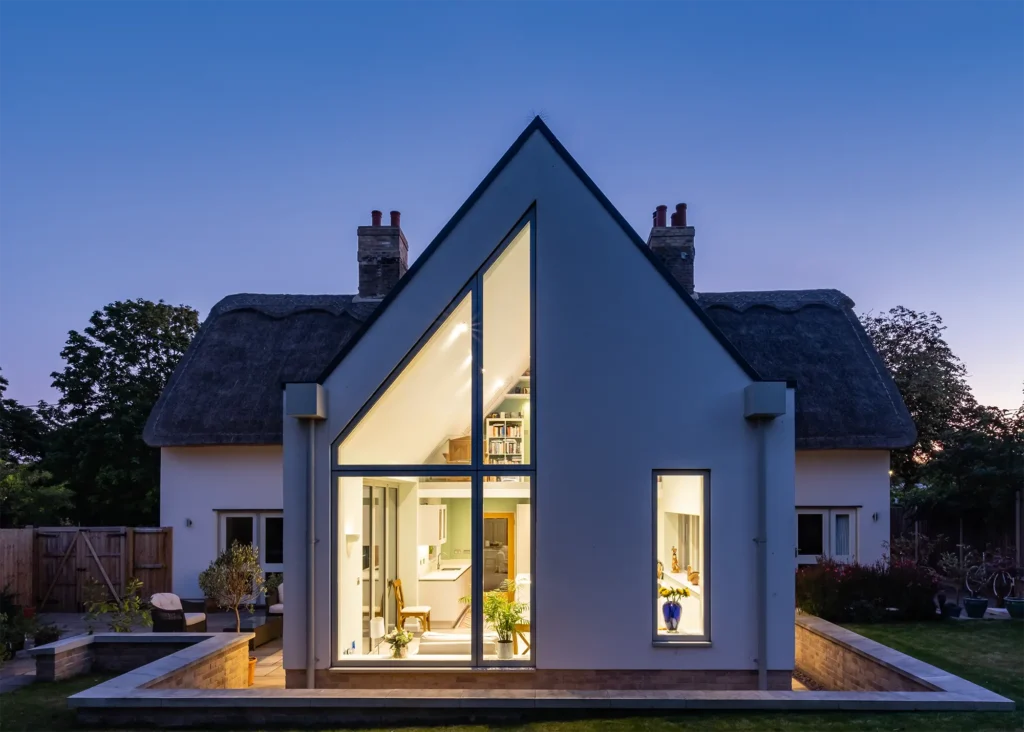
Snell David Architects have reimagined this family home, demolishing the existing rundown flat roof extension and replacing it with a new double-height addition that features sharp, full-height glazing. Photo: George Sharman
To work well, this minimalist concept has to be followed through to the services, which can be concealed by the use of features such as underfloor heating (UFH) and switches and sockets that are discreetly flush with the walls.
The proportions and massing of an extension are as important as its materials. In the hands of a good architect, an extension that takes a different scale and form to the existing house will provide the elusive wow-factor, regardless of how it is constructed. Curved and angular walls can be used to emphasise the differences between the new and existing parts of the house.
Are there any popular design trends that I should adopt?
There is a huge range of products available that can help to make your extension strikingly modern. Glazed sliding doors or bifold doors are currently very popular, because apart from offering a great view of the garden, they can allow a room to be opened up to let the outside in. The same idea can be applied inside with solid internal doors that either fold away or disappear by sliding into the depths of adjoining walls.
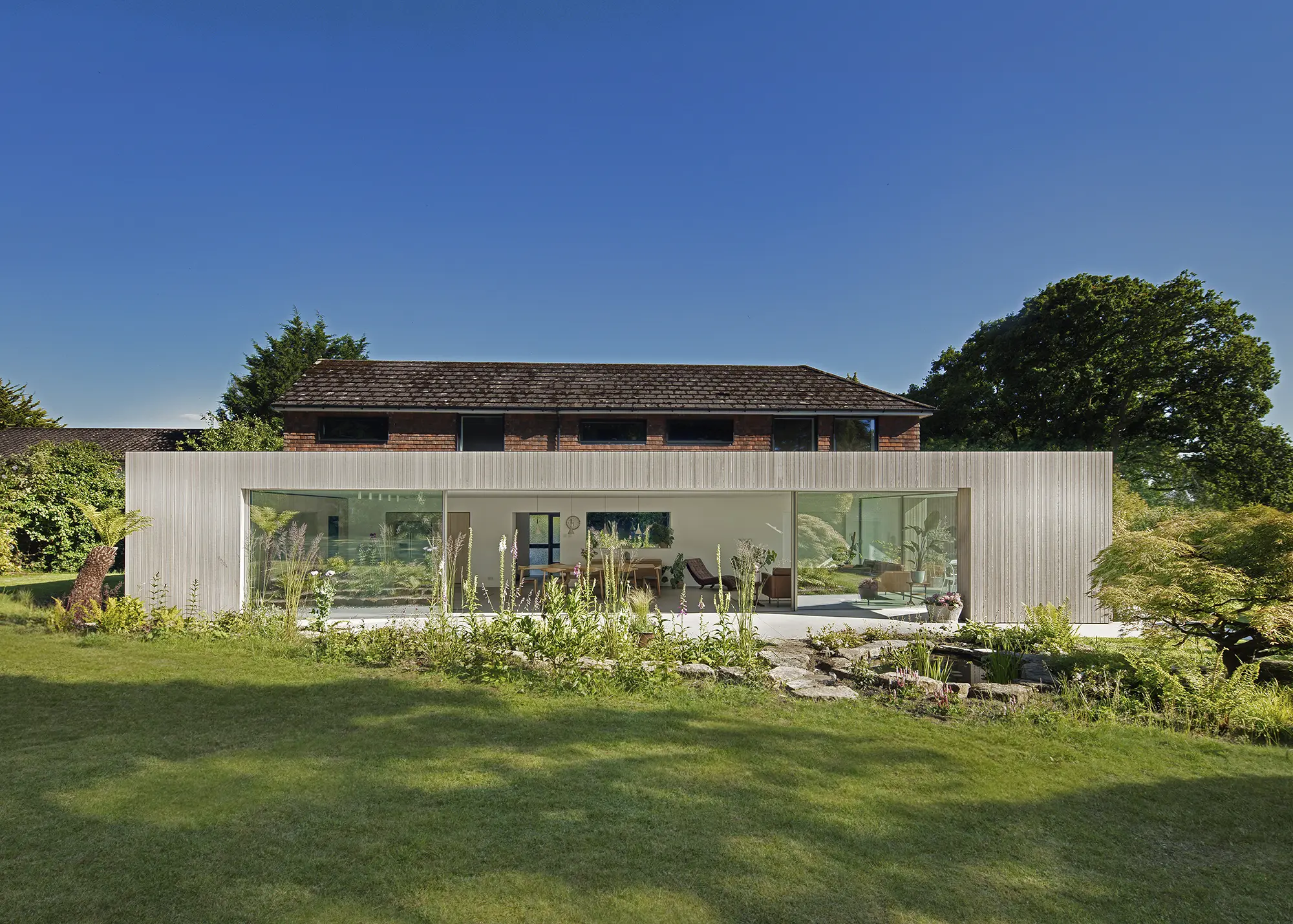
AR Design Studio designed a striking single-storey rear extension for this home in Winchester. The build reaches across the northern facade of the home, complete with a timber canopy for solar shading. Photo: Martin Gardner
An expensive but eye-catching option is to use structural frameless glass to form a conservatory, sunroom or corridor. The glass is made strong enough to be self-supporting, which means that it does not need a frame and all that is seen between the panes is a thin strip of mastic.
Cladding options for modern extension designs
There are plenty of alternatives to bricks for external cladding. In the UK, modern materials such as profiled steel, formed polyurethane, polycarbonate panels, stainless steel, unfinished concrete and even titanium are just some of the options available.
However, there seems to be a strong resistance to their use in a domestic setting, often expressed through the negative reception they are sometimes given by local planners. There are no practical reasons why they shouldn’t be used, but usually they are only deemed acceptable if added onto the back of the house where they will not be seen from a public road.
It is usually easier to gain planning permission for timber cladding used in a contemporary style, which is an attractive, economical finish. Untreated boards can be applied in vertical or horizontal arrangements, and will look the part if they are machined to have clean, straight edges and concealed fixings. Alternatives include staining the wood black or using thin strips of timber set on a dark backing board.
FAQs
How easy is it to get planning permission if I’m adding a modern extension to a listed building?
“Most of the works will require listed building consent (LBC). For homes that aren’t listed, you don’t need planning permission to change the internal layout or add a bathroom. However, with a listed building, even moving an internal door requires consent. Repairs don’t usually require consent, as long as they are completed using the same materials as the existing feature,” says Simon Graham, director at Yard Architects.
“The application process for listed building consent is fairly similar to a regular planning application, but you’ll be required to submit a lot more information, including very detailed drawings. We find some conservation officers are more open to changes to a listed building than others, so it can be a bit of a lottery in terms of how many changes you can actually make,” says Simon.
Can my neighbours reject my plans for a modern house extension?
“Your neighbours can’t reject your modern extension plans, only the planning officer can do that, but they can object if they think they are going to lose daylight or privacy, or they don’t like the extension’s design, for example. It’s wise to speak to your neighbours before you make a planning application for an extension. You should show them your extension plans, design ideas, listen to any concerns they may have and try and address these before you make a submission,” says Simon.
Do I need home extension insurance & what does this cover?
Many homeowners mistakenly believe that their builder’s insurance or standard home insurance policy will cover the risks of a house extension. Unfortunately, this is often not the case. A specialised house extension insurance policy is specifically designed to cover the unique risks you will face when carrying out a project.
- The Existing property and the extension work will be covered up to the reinstatement value stated in your policy. Employers’ and public liability insurance is included to protect anyone working on site, including family and friends, and their property. It covers third-party injuries or property damage.
- Cover for unoccupied homes isn’t usually included under your standard home insurance, but a tailored extension policy provides protection both before and during the construction phase.
- Legal expenses should be covered and your provider may also offer advice and support in the case of disputes – helping you to avoid costly legal battles.
Will a double-storey extension be better value for money than a single-storey extension?
“In some scenarios yes, and in others no. Typically, there is an economy of scale when building levels directly on top of one another. Site restrictions can influence your decision, too, as building two storeys allows the extension to occupy twice the floor area without burdening the garden/outdoor space into which you are extending. Similarly, spatial relationships to neighbouring properties may rule out the possibility of extending over two storeys,” says Jamie Mack, associate/project architect at Loader Monteith.
Should I choose a flat or pitched roof for my modern extension – what are the key considerations?
Flat roofs are generally quicker and easier to construct than pitched alternatives and provide the perfect opportunity to incorporate roof lanterns or flat rooflights, ensuring natural light can reach all corners of the new addition. Proper drainage is essential to prevent water pooling, though. A slight gradient is always required to allow rainwater to run off efficiently, and high-quality waterproofing materials should be used to enhance durability.
Pitched roofs provide a timeless aesthetic. They allow for features like vaulted ceilings or exposed beams, adding character to the space. Their natural slope improves water runoff, reducing the risk of leaks and increasing longevity. However, they’re typically more expensive and require a longer build time compared to flat roofs. While they lend themselves well to traditional homes, a flat roof extension can be the preferred option for achieving a minimalist, contemporary look.


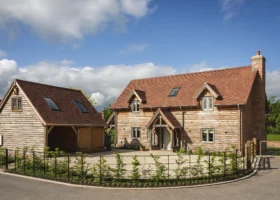
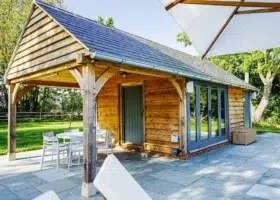


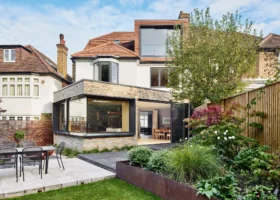
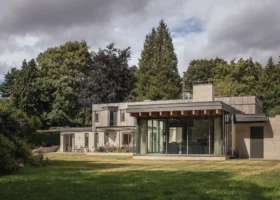
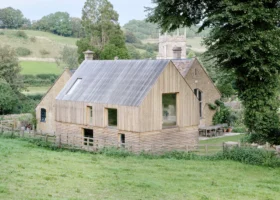
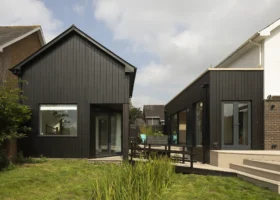
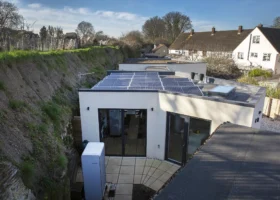


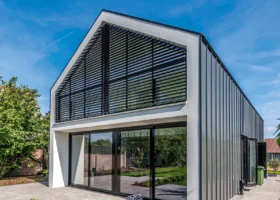


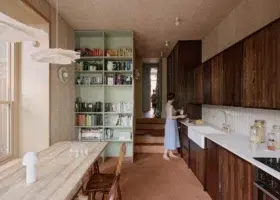
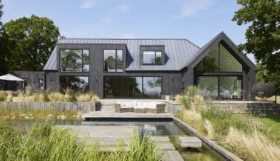
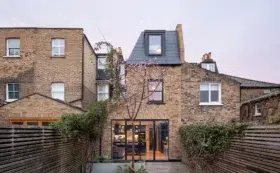

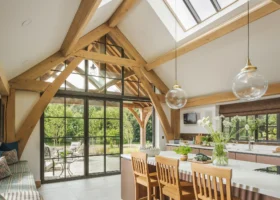
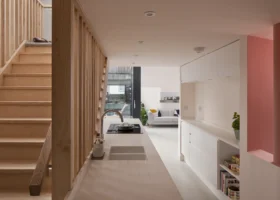
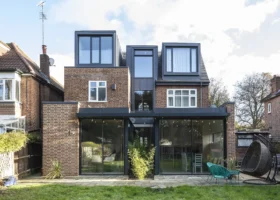
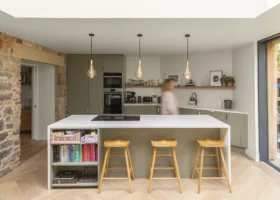

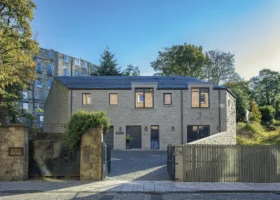
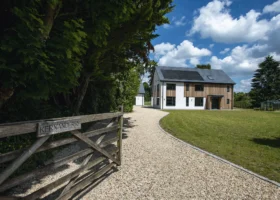

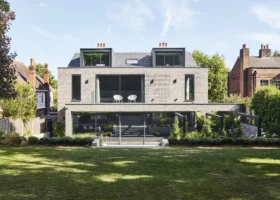

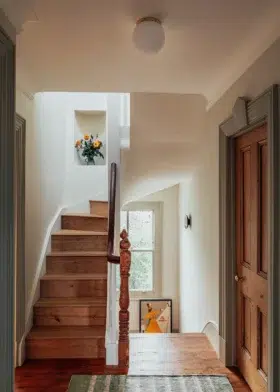
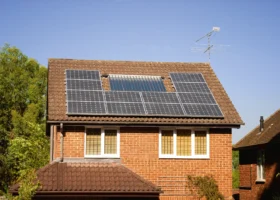

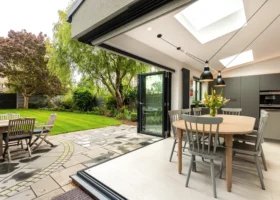







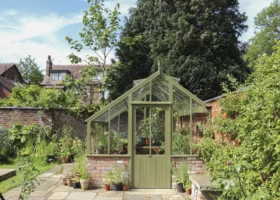
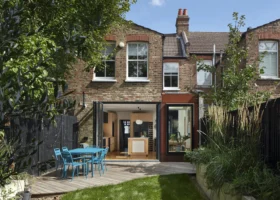
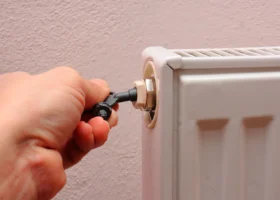

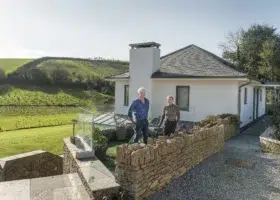
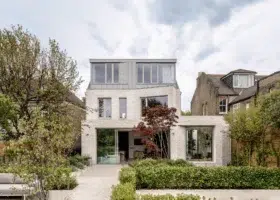
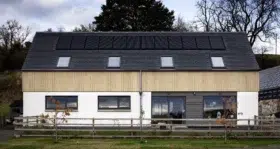
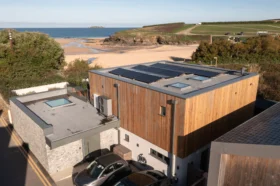


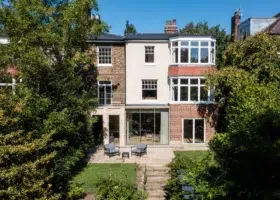

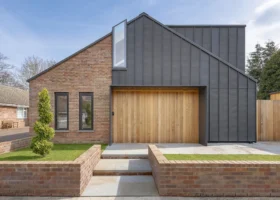
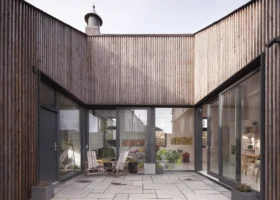
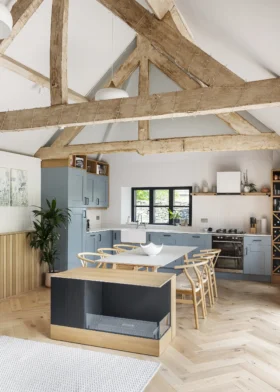
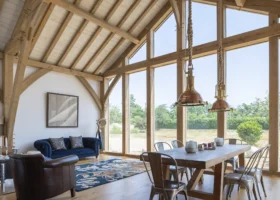
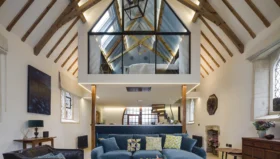
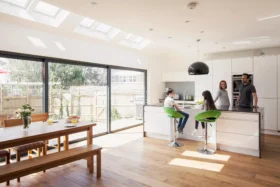
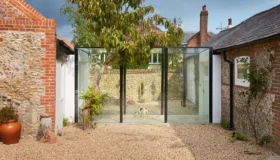
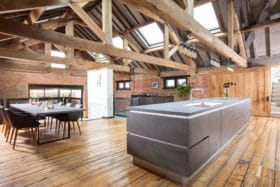
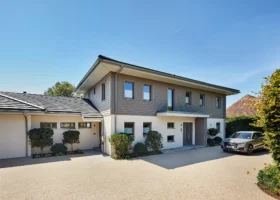

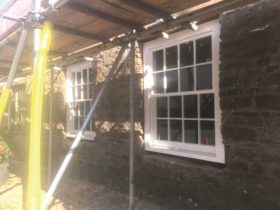

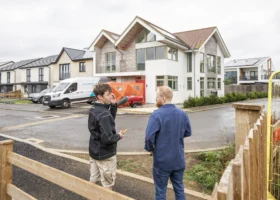

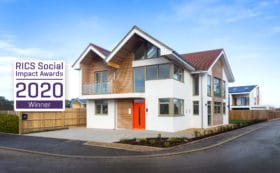

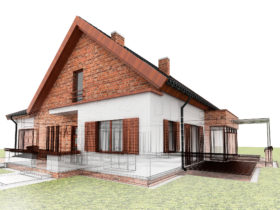


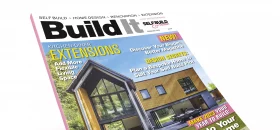

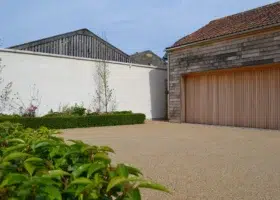





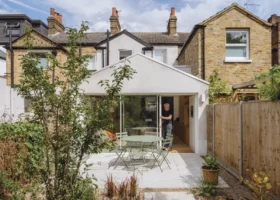

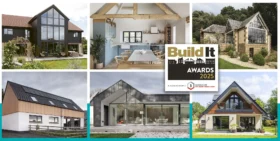
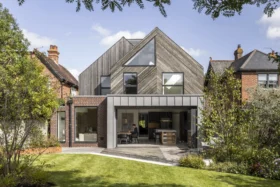


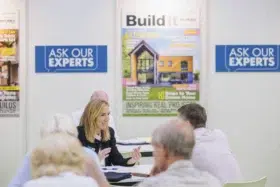


 Login/register to save Article for later
Login/register to save Article for later

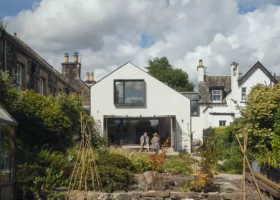

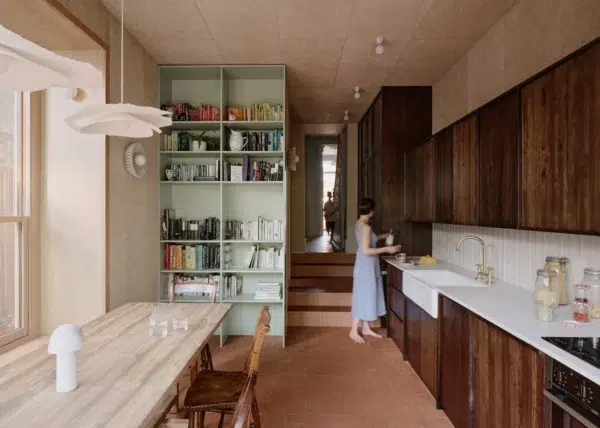
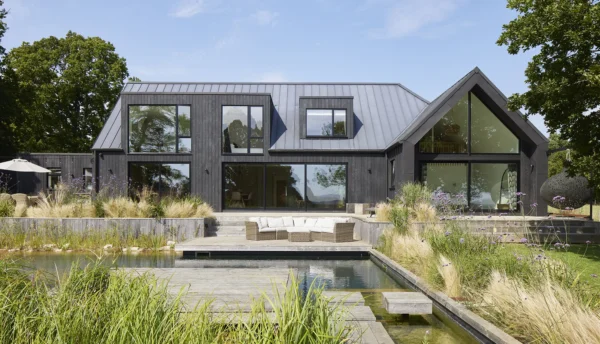
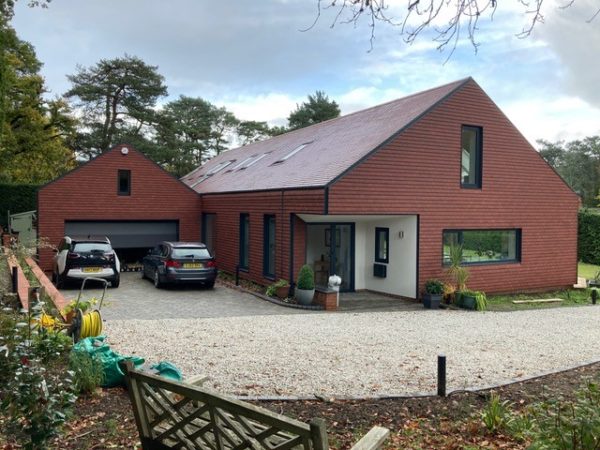

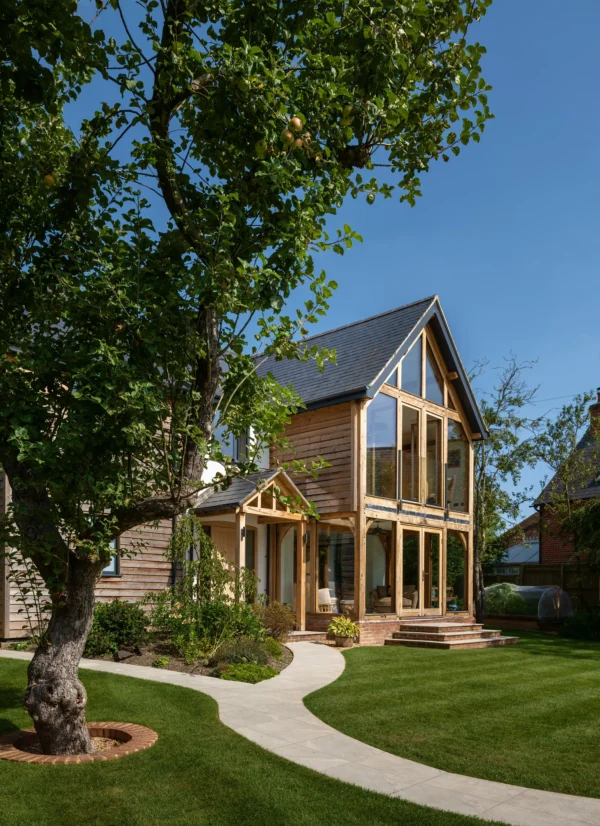






Comments are closed.